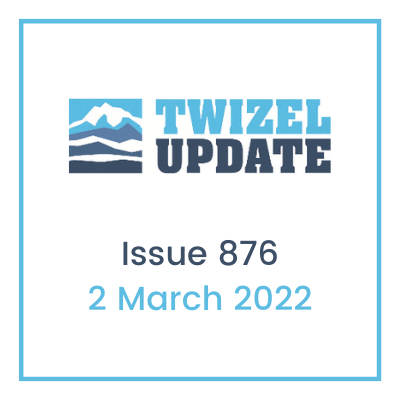By Selina Ekerdt
Published in the Twizel Update
Ever since I was a young woman, I knew something wasn’t right. Every month I would be flat out and doubling over in pain, only to be
greeted with doubt and annoyance by those closest to me, my teachers, and employers. ‘It can’t be that bad’, ‘ You’re just faking it’, ‘Pull yourself together’, ‘But how can you give proof of the amount of pain you are in?’ I would hear sentences like this very often.
Let me give you a comparison: after having given birth twice I can confidently say, I would much rather give birth again, than go through the amount of pain I was in back then. Some say, giving birth is the worst pain you will ever encounter, it wasn’t for me.
I was 21 years old and had hit rock bottom. I was almost bedridden three out of four weeks of the month, but I finally got my diagnosis thanks to my new gynaecologist. What a relief to hear that it wasn’t all in my head and that there is a name to my condition. Endometriosis.
But what is endometriosis? Endometriosis New Zealand defines endometriosis as follows: “Endometriosis is a common inflammatory disease estimated to affect 176 million girls and women worldwide in their reproductive years, and 120,000 in New Zealand. Endometriosis occurs when tissue similar to the lining of the uterus (endometrium), is found in places outside of the uterus.
Endometriosis is commonly found in the pelvic region on the thin pelvic lining called the peritoneum. It may also be found on the pelvic ligaments, ovaries and bowel.”
Statistics say that one out of ten women are affected by this horrible disease. It takes on average eight to ten years to get diagnosed. I feel lucky, as it only took me seven years.
Endometriosis has many faces, some women like me suffer from a very young age with immense pain. Some women will only find out about it once they embark on their journey to become pregnant and find that they are struggling to either fall pregnant or keep their pregnancies.
There are four stages of endometriosis, from mild to severe. Oddly enough, the stage doesn’t say anything about the amount of pain you are in, just about the severity of the growth.
The symptoms of endometriosis are wide and varied:
- Pain with periods (dysmenorrhoea) – often the most common symptom.
- Bowel problems like bloating, diarrhoea, constipation, pain with bowel movements, painful wind (sometimes diagnosed as Irritable Bowel Syndrome)
- Painful intercourse (dyspareunia)
- Sub-fertility or infertility
- Tiredness and low energy
- Pain in other places such as the lower back
- Pain at other times e.g., with ovulation or intermittently throughout the month
- Premenstrual syndrome (PMS). This might make you feel moody, emotional, or irritable
- Abnormal menstrual bleeding
- Bladder troubles like interstitial cystitis (IC)
The medical field isn’t entirely sure, how endometriosis happens. There may be genetics playing a role, environmental factors, or maybe it’s just bad luck. The worst part is, that there is no cure and there is a huge gaping knowledge hole in the wider medical community when it comes to the treatment of endometriosis.
The most common treatment options are either the pill, or to get a hysterectomy. Or the entirely misinformed suggestion, “Just get pregnant, this will cure it”.
Spoiler alert – none of the above will cure endometriosis, nor does it really help with symptoms. Sadly, there is still no cure for endometriosis.
The only way to diagnose endometriosis and to get a picture on the severity, is with keyhole surgery. This is a minimal non-invasive surgery on the abdomen under general anaesthetic, where the surgeon has a look into your abdomen. Sometimes some adhesions will be removed, sometimes, depending on the severity, you’ll have to have more surgery. I’ve had three surgeries so far.
As I have such a huge passion to share my knowledge and my experience, I have now signed up as a volunteer for Endometriosis NZ, New Zealand’s national endometriosis organisation, to raise awareness and funds. March is the international endometriosis awareness month and what better way to ring it in, than with this article. I want people to learn about this disease, to be able to hear success stories and to realise, that it’s not only in their heads.
So, if you have a daughter, mother, sister, cousin, employee, pupil, or friend who struggles on a monthly basis, don’t just brush it off and think, they are making it up. Guide them to the Endometriosis NZ website (nzendo.org.nz) which is an amazing place to start with research and to get support.
Endometriosis New Zealand is not supported by the government and relies only on donations. For the month of March,
Hydro Café has kindly offered to have a little donation box to raise money for Endometriosis NZ. All the proceeds go into the education and the support of girls and women who are dealing with endometriosis. So, if you go and get your delicious coffee, think of us. Thank you.



